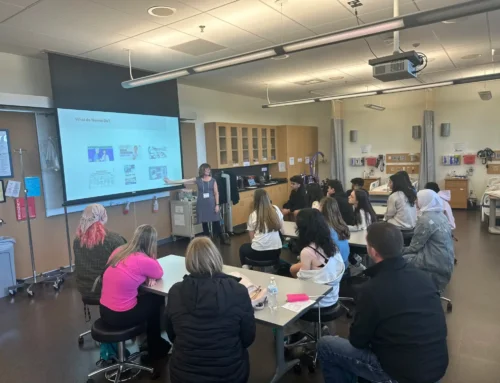Responsive leadership in a time of changing education models and various staff, student, and community needs, requires (1) clear communication; (2) an understanding of how to measure progress; and (3) an ability to navigate the ongoing shifts that this process entails.
Clear communication is a key element of responsive leadership and effective change management. Clear communication requires the use of a variety of platforms to reach all stakeholders and leaning on your communications plan. Different stakeholders may prefer different communication channels, therefore, finding the most effective ways to reach your various audiences is critical to communicating your message. Map out ahead of time how you plan to communicate with all of your target audiences: students, families, teachers, classified staff, and the broader community.
This past year has upended many of the systems that we have traditionally used to gather data used to measure progress. In order to assess what supports are needed and to target resources appropriately it can be useful to break down your data assessment needs into ‘school-level metrics’ to assess conditions for teaching and learning and ‘classroom-level metrics’ to assess student academic progress and engagement. While we don’t have much research on the impact of pandemics on student learning we are able to utilize previous research to help us understand how best to move forward. The COVID-19 and student performance, equity, and U.S. education policy report review the literature on educational settings that have features in common with how education is occurring during the COVID-19 crisis and explores opportunity gaps during the pandemic. In addressing these issues the report outlines a three-pronged plan moving forward which could help you understand how you can best lead your school forward and the data required to do so.
COVID-19 has led to a huge amount of uncertainty in all of our lives. There is a lot of pressure at the moment to move forward with in-person education. While this process is dependent on your district’s guidelines, there is still much that you can do as a leader to help your staff and your students and their families navigate the ongoing shifts this uncertainty brings. Focusing on well-being and relationships, allowing each stakeholder within the system to share in the decision-making process, and forward-thinking planning and communication can help ease the anxiety brought by these ongoing shifts.
While much of this article is centered on responsive leadership related to COVID-19 response, the same three areas of clear communication, measuring progress, and navigating ongoing shifts remain a constant need in our ever-changing educational system.
For more information please contact: Gayle Everly, Teaching & Learning OSSI Administrator




